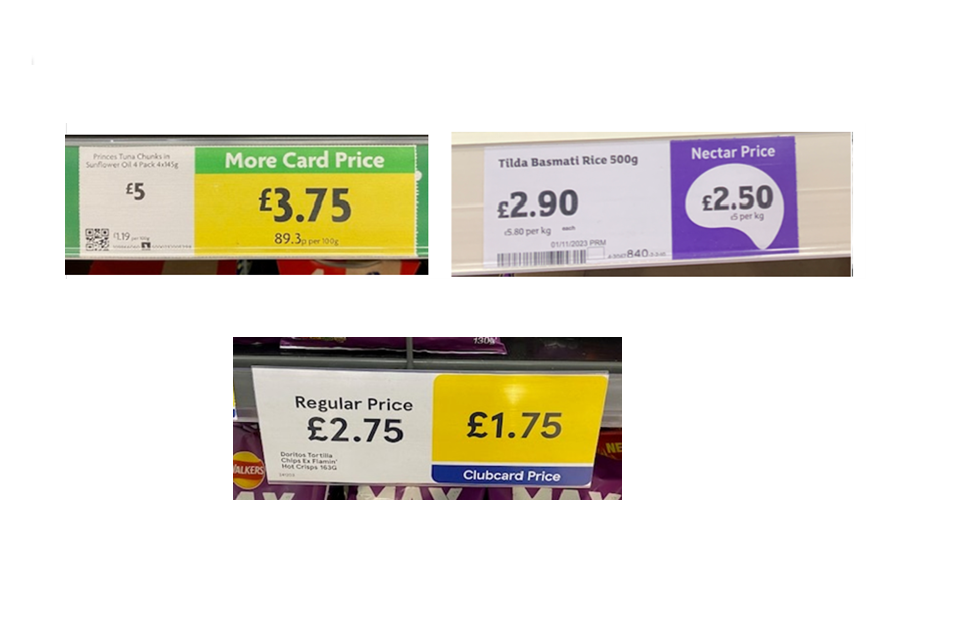Groceries: Loyalty prices offer genuine savings, says CMA
|
CMA review of 50,000 loyalty priced products shows 92% offered
genuine savings against the usual price – despite 55% of people
thinking ‘usual' prices are upped to make loyalty deals more
appealing. The Competition and Markets Authority (CMA) has found
that people who are members of a loyalty scheme can almost always
make a genuine saving on the usual price by buying loyalty priced
products. Having analysed around 50,000 grocery
products on a loyalty price...Request free trial
CMA review of 50,000 loyalty priced products shows 92% offered genuine savings against the usual price – despite 55% of people thinking ‘usual' prices are upped to make loyalty deals more appealing. The Competition and Markets Authority (CMA) has found that people who are members of a loyalty scheme can almost always make a genuine saving on the usual price by buying loyalty priced products. Having analysed around 50,000 grocery products on a loyalty price promotion, the CMA found very little evidence of supermarkets inflating their ‘usual' prices to make loyalty promotions seem like a better deal. George Lusty, Interim Executive Director of Consumer Protection, said: We know many people don't trust loyalty card prices, which is why we did a deep dive to get to the bottom of whether supermarkets were treating shoppers fairly. After analysing tens of thousands of products, we found that almost all the loyalty prices reviewed offered genuine savings against the usual price – a fact we hope reassures shoppers throughout the UK. While these discounts are legitimate, our review has shown that loyalty prices aren't always the cheapest option, so shopping around is still key. By checking a few shops, you can continue to stretch your hard-earned cash. Key findings As part of the CMA's work to help people facing cost of living pressures, it conducted a rigorous investigation of loyalty pricing. This sought to get to the bottom of a number of potential concerns, including whether loyalty prices can be trusted, how they compare to prices at other supermarkets and how accessible they are. The CMA conducted a consumer survey to understand what shoppers specifically think about loyalty pricing, for example: do they trust it, do they think it's fair, and does it change where people choose to shop. The CMA also examined supermarkets' behaviour – including, importantly, their use of customers' data. The evidence shows that:
As part of its wide-ranging review, the CMA also looked at the way supermarkets collect and use people's data when they sign up to a loyalty scheme. It did not see evidence of consumer law concerns in relation to this. However, the CMA did find that there was room for improvement regarding people's ability to access loyalty schemes. Some supermarkets could do more to ensure people without smart phones or under 18s, for example, can access – and know how to access – loyalty prices. This could include introducing offline sign-up, in-store or via the telephone for example, and lowering the minimum age for joining a scheme. Figure 1: Examples of how supermarkets display loyalty prices in stores
Notes to editors
|

